VOCs废气处理去除废气的方法是什么?
在工业领域,挥发性有机化合物(VOCs)废气的治理始终是环保技术的核心课题。面对成分复杂、浓度波动大的废气特征,单一处理技术往往难以满足多维度需求。通过深入分析多种工艺的技术特性与实践案例,可发现VOCs废气处理需构建技术协同体系,其核心在于根据废气属性与治理目标实现精准匹配。
In the industrial field, the treatment of volatile organic compounds (VOCs) waste gas has always been a core issue in environmental protection technology. Faced with the complex composition and large concentration fluctuations of exhaust gases, a single treatment technology often fails to meet multidimensional needs. Through in-depth analysis of the technical characteristics and practical cases of various processes, it can be found that the treatment of VOCs waste gas requires the construction of a technical collaborative system, whose core lies in achieving precise matching based on the properties of the waste gas and the treatment goals.
吸附技术作为应用广泛的物理处理方法,其效能发挥高度依赖吸附剂特性。活性炭纤维对苯系物等小分子污染物展现出优异的吸附性能,尤其在电子制造行业的低浓度废气处理中,可实现90%以上的净化效率。对于含酯类、酮类化合物的涂装废气,沸石转轮凭借其规则孔道结构,能有效避免水分竞争吸附问题。吸附技术的局限性在于饱和吸附剂的再生环节,蒸汽脱附产生的含VOCs冷凝液需纳入危废管理体系,这直接增加了处理成本。
Adsorption technology, as a widely used physical treatment method, is highly dependent on the characteristics of the adsorbent for its effectiveness. Activated carbon fibers exhibit excellent adsorption performance for small molecule pollutants such as benzene derivatives, especially in the treatment of low concentration exhaust gases in the electronic manufacturing industry, achieving purification efficiency of over 90%. For coating exhaust gases containing esters and ketones, zeolite rotors, with their regular pore structure, can effectively avoid water competition adsorption problems. The limitation of adsorption technology lies in the regeneration process of saturated adsorbents, and the VOCs containing condensate generated by steam desorption needs to be included in the hazardous waste management system, which directly increases the processing cost.
催化燃烧技术通过贵金属催化剂降低反应温度,将VOCs转化为无害物质。在石油化工行业,该技术处理苯类废气时,起燃温度可控制在300℃以下,热回收效率超过90%。催化剂中毒是制约其稳定运行的关键因素,含氯有机物会导致催化剂活性位点不可逆失活。针对这一问题,部分企业采用双催化剂床层设计,通过在线监测反应器进出口浓度变化,实现催化剂的梯级利用与智能切换。
Catalytic combustion technology uses precious metal catalysts to reduce the reaction temperature and convert VOCs into harmless substances. In the petrochemical industry, this technology can control the ignition temperature below 300 ℃ and achieve a heat recovery efficiency of over 90% when treating benzene waste gas. Catalyst poisoning is a key factor restricting its stable operation, and chlorinated organic compounds can cause irreversible deactivation of the active sites of the catalyst. In response to this issue, some enterprises adopt a dual catalyst bed design, which achieves cascade utilization and intelligent switching of catalysts by monitoring the concentration changes at the inlet and outlet of the reactor online.
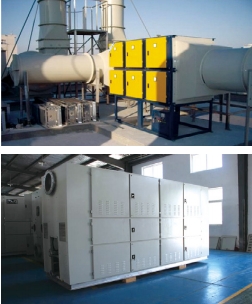
生物处理技术开辟了绿色治理新路径。在污水处理场恶臭气体处理中,生物滴滤塔通过优化填料级配与营养液配方,使甲苯降解率稳定在85%以上。该技术对环境温湿度的敏感性要求配套温控系统,在北方地区冬季运行时,需投入额外能耗维持菌种活性。对于成分复杂的化工废气,生物法常作为预处理单元,与吸附或燃烧技术形成组合工艺。
Biological treatment technology has opened up a new path for green governance. In the treatment of odorous gases in sewage treatment plants, the biological drip filtration tower stabilizes the degradation rate of toluene at over 85% by optimizing the packing material grading and nutrient solution formula. The sensitivity of this technology to environmental temperature and humidity requires a temperature control system, which requires additional energy consumption to maintain bacterial activity during winter operation in northern regions. For chemical waste gases with complex components, biological methods are often used as pre-treatment units, combined with adsorption or combustion technologies to form a combined process.
低温等离子体技术在处理含硫杂环化合物时表现出独特优势。某医药中间体生产企业实践表明,该技术对噻吩类废气的分解率可达80%,但需严格控制输入功率以避免氮氧化物副产物生成。配套活性炭吸附装置可有效拦截臭氧等中间产物,确保尾气达标排放。
Low temperature plasma technology exhibits unique advantages in treating sulfur-containing heterocyclic compounds. Practice in a pharmaceutical intermediate production enterprise has shown that this technology can decompose thiophene waste gas up to 80%, but strict control of input power is required to avoid the generation of nitrogen oxide by-products. The supporting activated carbon adsorption device can effectively intercept intermediate products such as ozone, ensuring that the exhaust emissions meet the standards.
膜分离技术为高价值VOCs回收提供了新选择。在油气回收领域,聚酰亚胺中空纤维膜组件可将汽油蒸气浓度浓缩至原始值的10-20倍,回收油品纯度满足再利用标准。膜污染问题通过定期反冲洗与化学清洗可得到有效控制,但膜材料成本仍占初期投资的40%以上。
Membrane separation technology provides a new option for high-value VOCs recovery. In the field of oil and gas recovery, polyimide hollow fiber membrane modules can concentrate gasoline vapor concentration to 10-20 times the original value, and the purity of the recovered oil meets the reuse standards. The problem of membrane fouling can be effectively controlled through regular backwashing and chemical cleaning, but the cost of membrane materials still accounts for more than 40% of the initial investment.
实际工程中,技术组合方案展现出显著优势。某包装印刷企业采用“沸石转轮吸附+催化燃烧”工艺,将非甲烷总烃排放浓度从800mg/m³降至30mg/m³以下,运行成本较传统活性炭吸附工艺降低35%。在化工园区综合治理项目中,“冷凝+膜分离+催化燃烧”三级处理系统实现溶剂回收率92%,年经济效益超过800万元。
In practical engineering, the technology combination scheme has shown significant advantages. A certain packaging and printing enterprise adopts the "zeolite rotary adsorption+catalytic combustion" process to reduce the concentration of non methane total hydrocarbon emissions from 800mg/m ³ to below 30mg/m ³, reducing operating costs by 35% compared to traditional activated carbon adsorption processes. In the comprehensive management project of the chemical industrial park, the three-stage treatment system of "condensation+membrane separation+catalytic combustion" achieved a solvent recovery rate of 92% and an annual economic benefit of over 8 million yuan.
VOCs废气处理技术的选择需建立三维评估体系:技术维度需匹配污染物特性与排放标准,经济维度要核算全生命周期成本,管理维度要考虑操作复杂度与安全风险。未来,随着智能监测与数字孪生技术的应用,处理系统将向自适应调节方向发展,通过实时响应废气参数变化,动态优化工艺组合,实现环境效益与经济效益的双赢。
The selection of VOCs waste gas treatment technology requires the establishment of a three-dimensional evaluation system: the technical dimension needs to match the characteristics of pollutants and emission standards, the economic dimension needs to account for the full life cycle cost, and the management dimension needs to consider operational complexity and safety risks. In the future, with the application of intelligent monitoring and digital twin technology, processing systems will develop towards adaptive regulation, dynamically optimizing process combinations through real-time response to changes in exhaust gas parameters, and achieving a win-win situation between environmental and economic benefits.
本文由VOCs废气处理友情奉献.更多有关的知识请点击:http://jscgsx.com我们将会对您提出的疑问进行详细的解答,欢迎您登录网站留言.
This article is dedicated to the automatic shot blasting machine and friendship For more information, please click: http://jscgsx.com We will provide detailed answers to your questions. You are welcome to log in to our website and leave a message


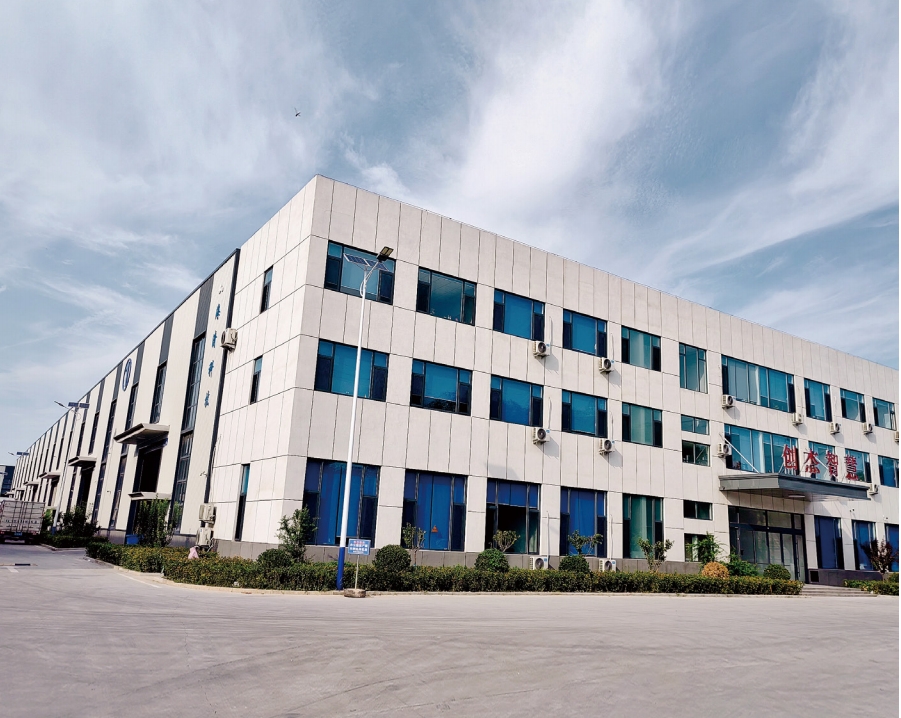

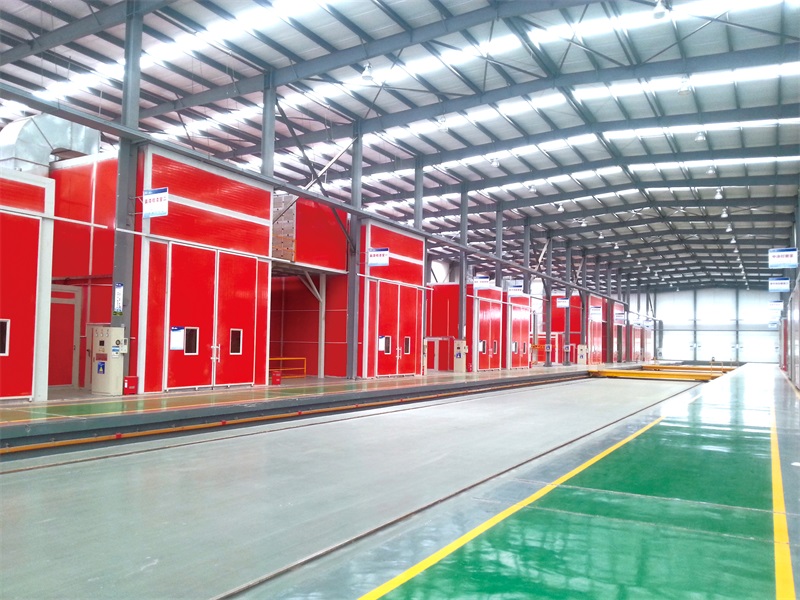

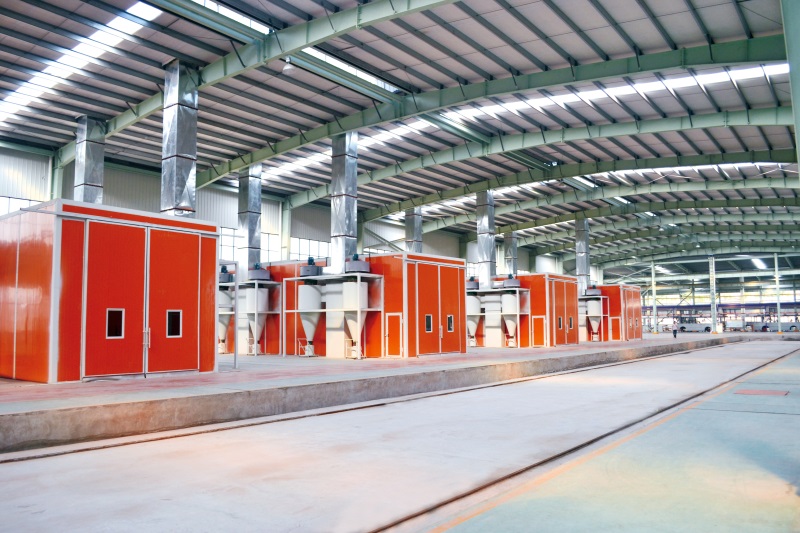
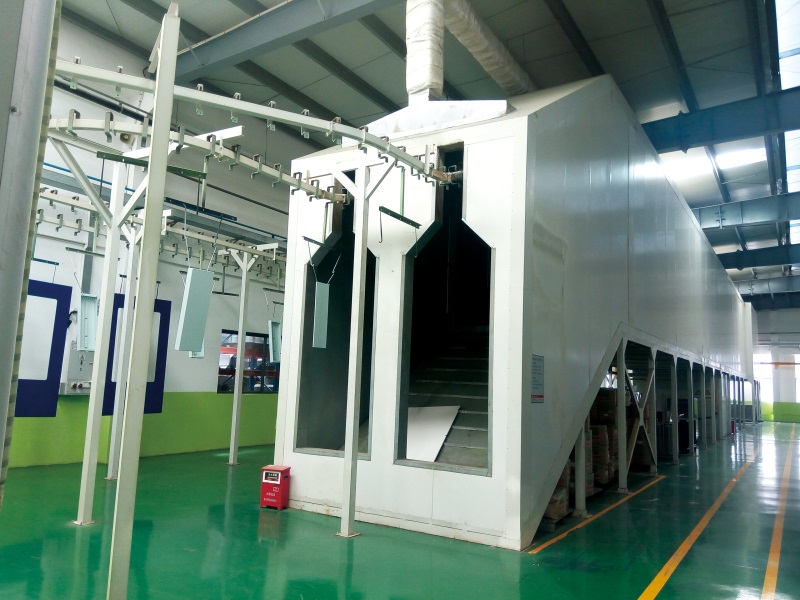
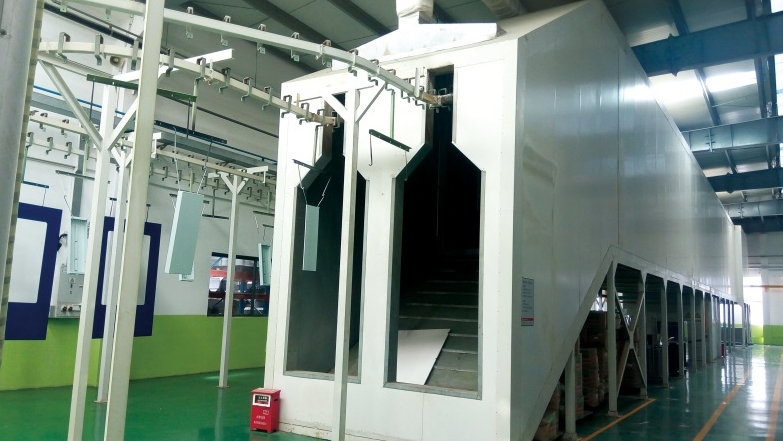


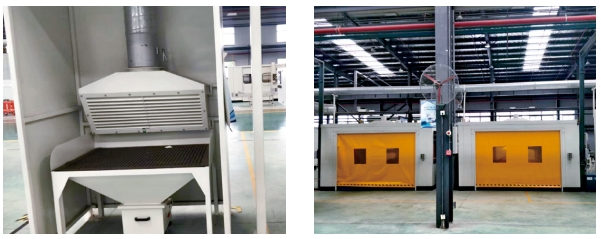

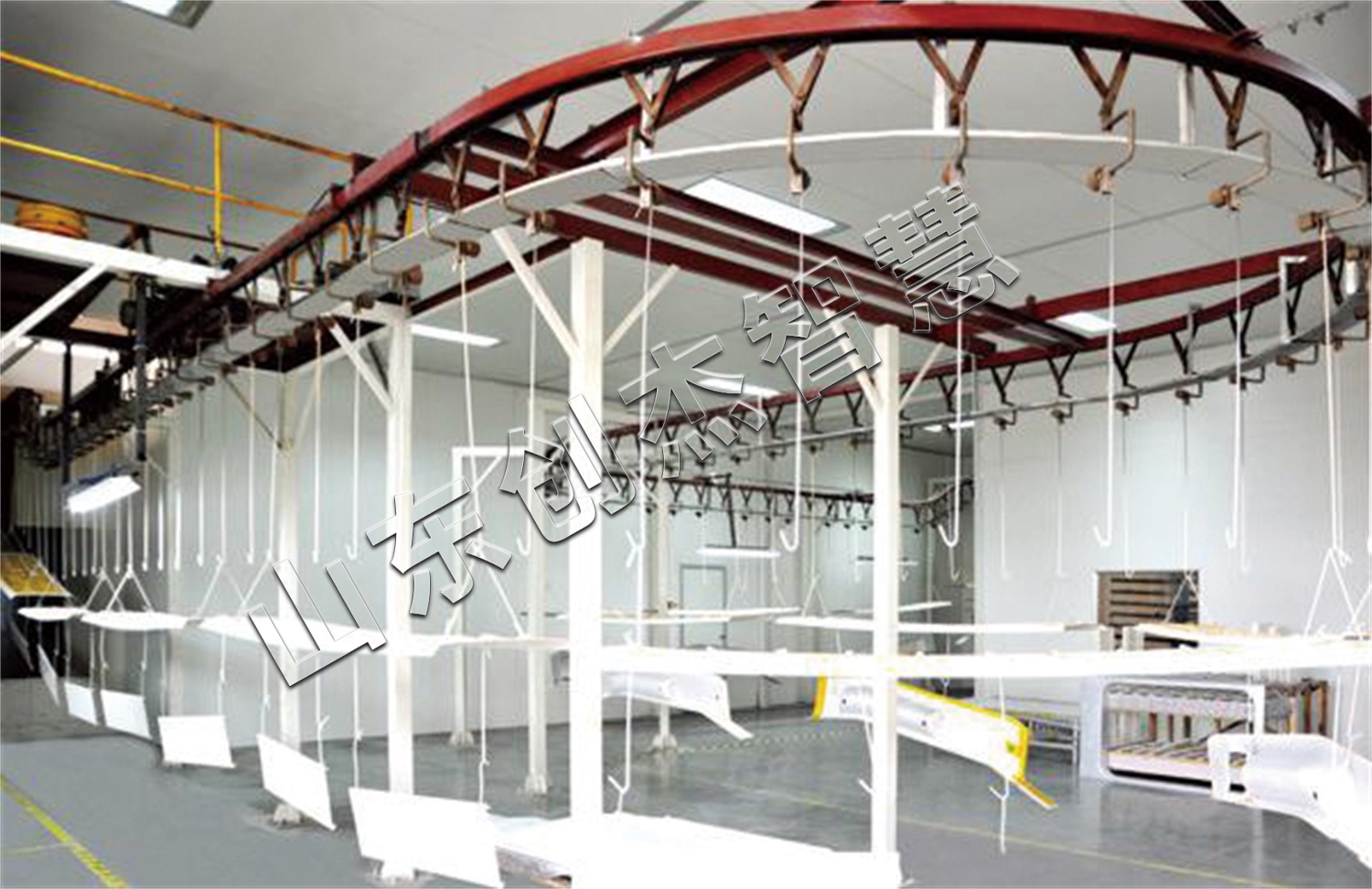
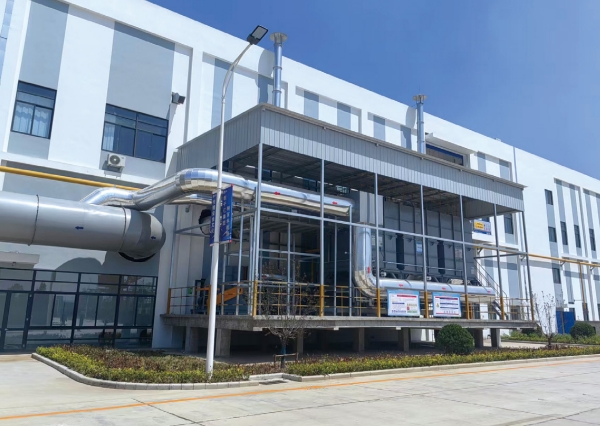

 鲁公网安备 37142502000144号
鲁公网安备 37142502000144号